Quote of the day: “For me, the camera is a sketch book, an instrument of intuition and spontaneity.” ― Henri Cartier-Bresson
This week’s Art of Seeing exercise is a repeat of last week’s Art of Seeing in which I used Doug Beasley‘s wonderful Vision Quest Cards: Photo Assignments For Personal & Spiritual Growth for my photography self-study/challenge assignment. Two weeks ago I drew the card that says, “Take a walk, stop every 21 steps and make a photograph. Challenge yourself!”
Last week I went for a walk in the woods, stopping every 21 steps and afterwards decided to repeat the assignment somewhere in the city. Today, I went to the main street of Wayzata, MN (I know, it’s not the city proper but it’s where I wanted to go today) to do the same 21-step camera walk. This was a much less meditative walk. I wasn’t all alone in the woods. There were people, cars, bikes, pets, as well as sidewalks, streets, trees, and buildings. And I was walking with my husband. So we conversed as I walked along. Jon also noticed how quickly 21 steps pass and how little the distance was between stops. He suggested I “take longer steps.”
With all of the people all around, I had to push through a little bit of self-consciousness, stopping every 21 steps and looking around to make a photo. But I decided that it didn’t matter to me whether I looked weird or not. And after awhile I got so involved with the photographic possibilities that I forgot about being self-conscious.
It was a target-rich environment. Still I needed to stop and think and look around carefully. Sometimes there was a perfect opportunity like when I saw some people walking two lovely husky dogs across the street. I quickly composed and caught the leading husky in front of a colorful window. The dog pulls my eye in the direction it is walking, but then my eye goes back to the right side of the photo where the owner is just out of the frame.
When I looked down I saw a single drying rose petal at the corner of the sidewalk. I loved the richness of its color against the grass, brick and brown leaves below it. I also like the simple composition of this photo. For me, it visually represents the passing of summer.
This tree trunk didn’t look especially promising to me when my husband pointed it out to me. But when I zoomed in on it I liked the way the texture creates circles and lines and the light leads me to the center cracks.
The photo below is not an especially good photo, but I love the shapes and shadows. It almost looks as if the tree is dancing in the light.
This street corner is nothing special but I love the fluffy white cloud that makes the sky look even bluer and the cleanness of the lines. White markings in the street, light sidewalks leading my eye up into the photo, and a white building pulling me back to examine the scene once more.
And this is my obligatory photo of my feet. When nothing else inspires me I look to my feet.
One of the reasons I chose to go to Wayzata today was because it’s main street is right along Lake Minnetonka. On a beautiful Sunday afternoon it’s fun to wander around beside the lake and see all of the people drawn to bask in the sun and enjoy sitting by the lake. The fence below runs alongside the sidewalk. I like the way these vines created shapes against the background of the grass behind the fence.
This is a busy photo as the street was busy at this moment. Sometimes I like to show all of the activity going on around me, not just little slices.
I loved the story this photo tells – taking a nap in the shade together.
Although I originally intended to head to a grittier part of the city (there is nothing gritty about Wayzata) to do this assignment, I am convinced of the value of slowing down and finding photos that I wouldn’t ordinarily make. Challenging myself to find different kinds of shots helps me grow my eye for meaning and beauty. It shows me that there are stories everywhere. I still need to challenge myself to spend more time in places that I am less familiar with.
I’ve drawn my vision quest assignment card for next week. It is, “Interpret the subject Darkness. Be aware of what light is present and how that light affects the mood.”


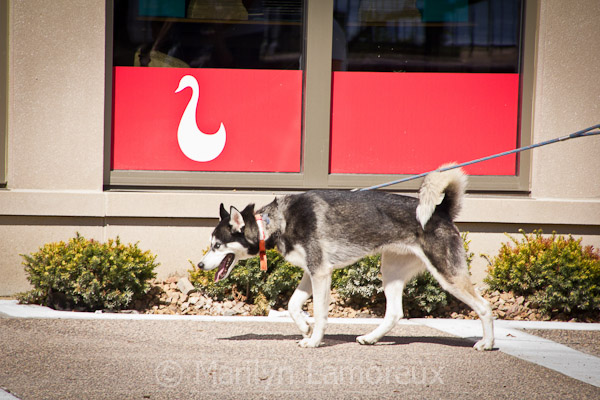

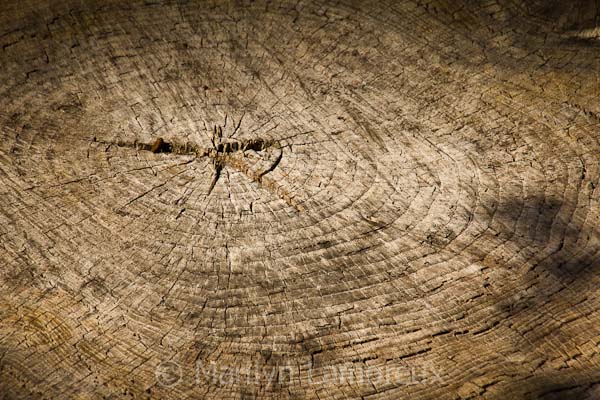
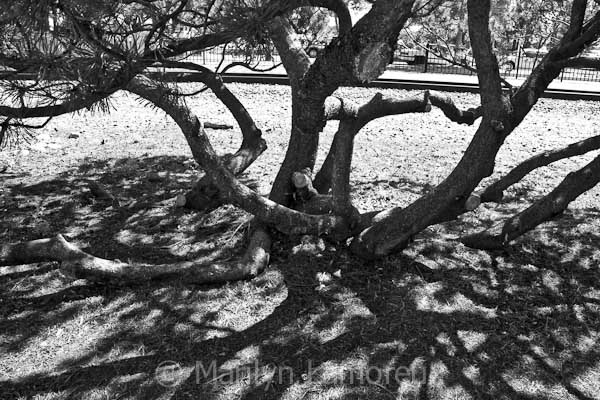
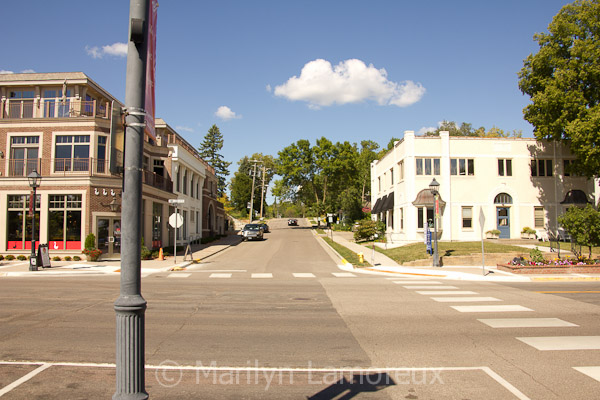
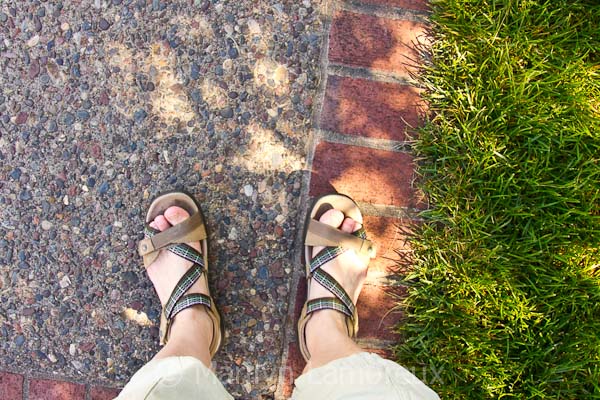
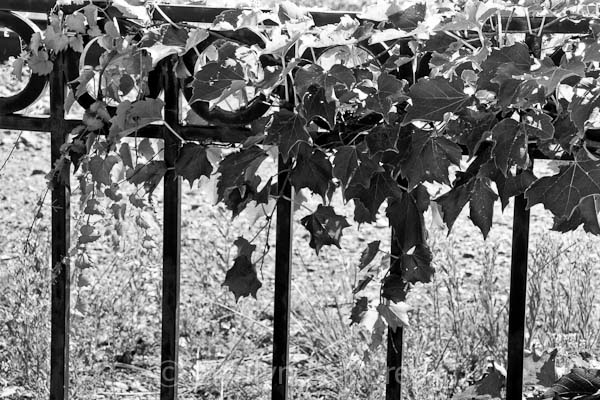
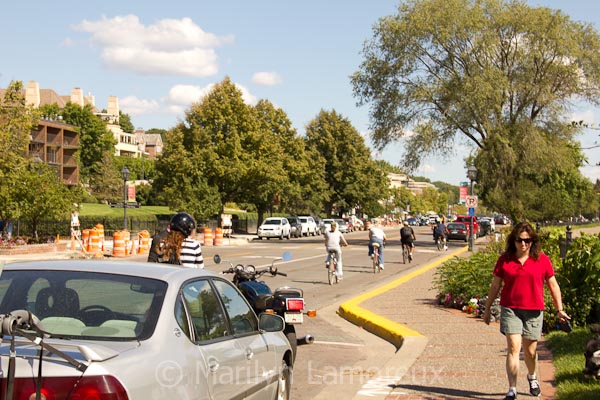
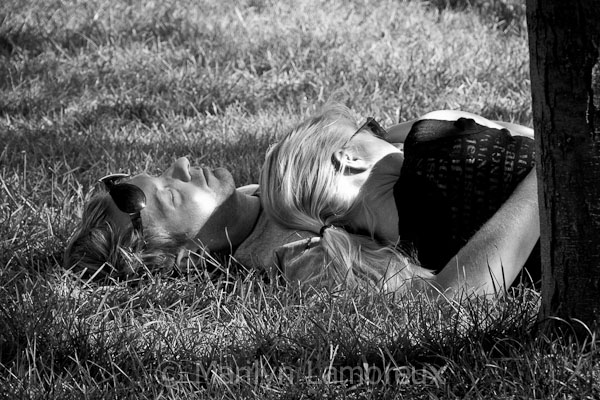
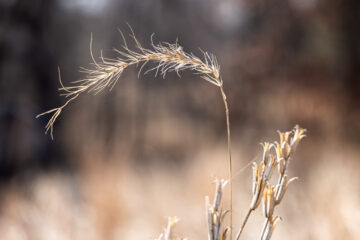


0 Comments